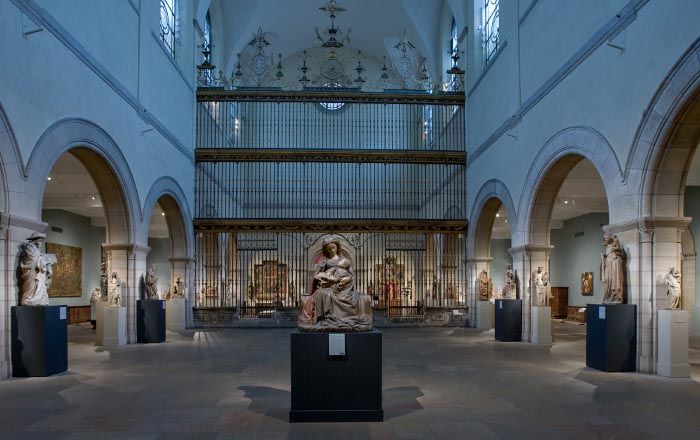Returned to lender The Met accepts temporary loans of art both for short-term exhibitions and for long-term display in its galleries.
Fals of Amman
Not on view
The Byzantine Empire issued the gold solidus, or nomisma, used primarily for large transactions such as tax payments, and several denominations of copper coins, the money of daily business transactions. Mints in Antioch and Alexandria supplied the majority of the coinage circulated in the southern provinces. The newly established Arab government inherited an efficient monetary system and made few changes during its first decades. The caliph ‘Abd al-Malik (r. 685–705) introduced several issues of distinctively Islamic coinage.
Beginning in the 690s ‘Abd al-Malik (r. 685–705) issued a series of coins depicting a standing caliph. Although the rare precious-metal coins do not bear a mintmark, they were presumably struck in Damascus. The copper coins were issued at sixteen mints. This is the final Umayyad series of coins to depict a human image.
Most mints produced copper coins with an image of the caliph, the inscription "The Servant of God, ‘Abd al-Malik, Commander of the Faithful," and the shahada. The object on the reverse of this coin may be the qutb (pole), symbolizing the caliph as the center of the community.
This image cannot be enlarged, viewed at full screen, or downloaded.

